- Luật
- Hỏi đáp
- Văn bản pháp luật
- Luật Giao Thông Đường Bộ
- Luật Hôn Nhân gia đình
- Luật Hành Chính,khiếu nại tố cáo
- Luật xây dựng
- Luật đất đai,bất động sản
- Luật lao động
- Luật kinh doanh đầu tư
- Luật thương mại
- Luật thuế
- Luật thi hành án
- Luật tố tụng dân sự
- Luật dân sự
- Luật thừa kế
- Luật hình sự
- Văn bản toà án Nghị quyết,án lệ
- Luật chứng khoán
- Video
- NGHIÊN CỨU PHÁP LUẬT
- ĐẦU TƯ CHỨNG KHOÁN
- BIẾN ĐỔI KHÍ HẬU
- Bình luận khoa học hình sự
- Dịch vụ pháp lý
- Tin tức và sự kiện
- Thư giãn

TIN TỨC
fanpage
Thống kê truy cập
- Online: 223
- Hôm nay: 198
- Tháng: 1621
- Tổng truy cập: 5245625
NASA publishes Moon landing plan for 2024
Following a series of critical contract awards and hardware milestones, NASA has shared an update on its Artemis program – including the latest Phase 1 plans to land the first woman and next man on the surface of the Moon in 2024.
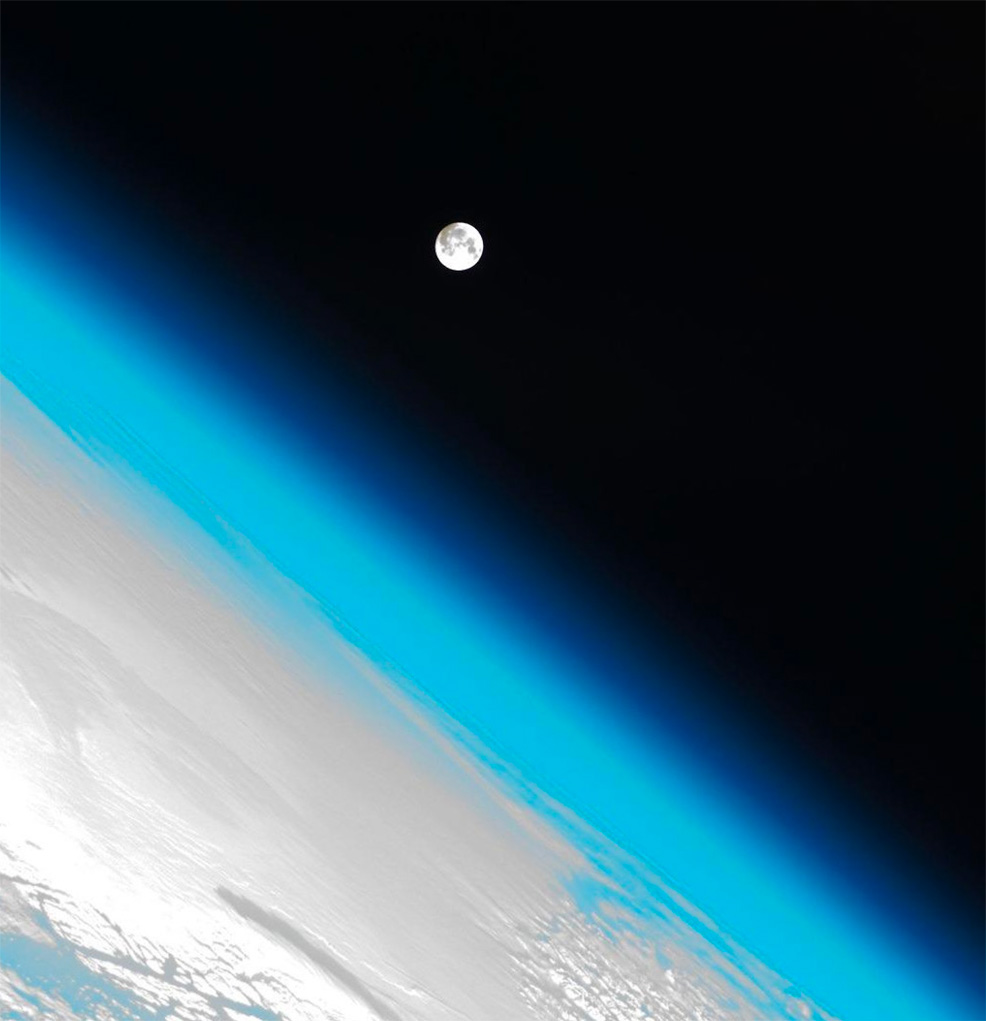
Credit: NASA
In March 2019, Vice President Mike Pence ordered NASA to fly Americans back to the Moon within five years, using government or private carriers. Since then, NASA has accelerated its plans and is on track for the 2024 target, as well as "sustainable exploration" by the end of the decade. This will mark the first time that humans have walked on the surface of another body since the last Apollo mission in 1972.
"With bipartisan support from Congress, our 21st century push to the Moon is well within America's reach," said NASA Administrator Jim Bridenstine. "As we've solidified more of our exploration plans in recent months, we've continued to refine our budget and architecture. We're going back to the Moon for scientific discovery, economic benefits, and inspiration for a new generation of explorers. As we build up a sustainable presence, we're also building momentum toward those first human steps on the Red Planet."
In its formal plan, published yesterday, NASA outlines the Artemis progress to date – identifying key science, technology and human missions, as well as the commercial and international partnerships that will ensure NASA continues to lead in human space exploration and return astronauts on the Moon.
The agency's powerful new rocket, the Space Launch System (SLS), and Orion spacecraft, are closer than ever to a first integrated launch. The spacecraft is complete while the core stage and its attached four engines are undergoing final tests that will culminate in a critical hot fire test before the end of 2020.
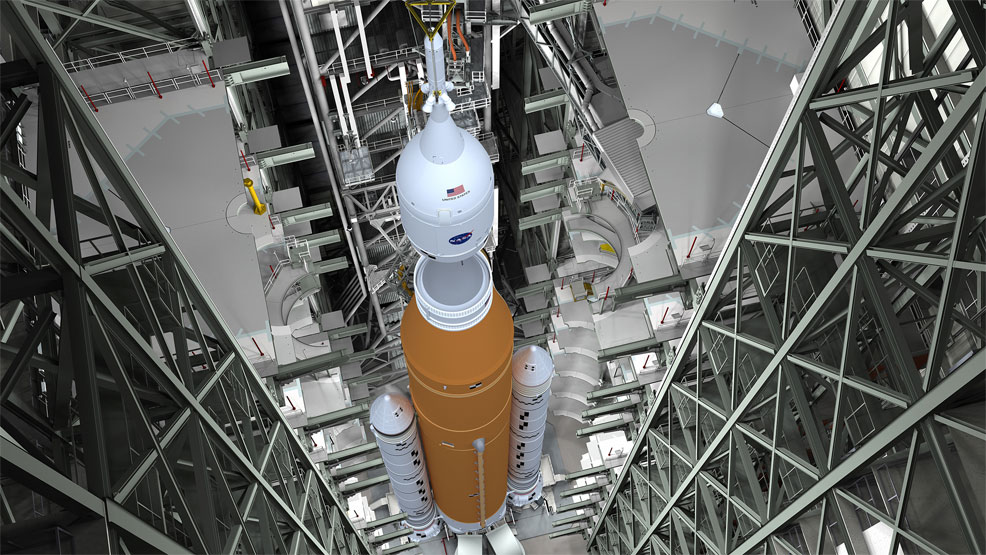
The Space Launch System (SLS). Credit: NASA/MSFC
Following a successful hot fire test, the core stage will be shipped to the agency's Kennedy Space Center in Florida for integration with the spacecraft. NASA will then launch an SLS and Orion together on two flight tests around the Moon to check performance, life support, and communication capabilities. The first mission – known as Artemis I – is on track for 2021 without astronauts, and Artemis II will fly with crew in 2023.
In Phase 1, NASA notes additional details about conducting a new test during the Artemis II mission – a proximity operations demonstration. Shortly after Orion separates from the interim cryogenic propulsion stage, astronauts will manually pilot Orion as they approach and back away from the stage. This demonstration will assess Orion's handling qualities and related hardware and software to provide performance data and operational experience that cannot be readily gained on the ground in preparation for rendezvous, proximity operations, and docking, as well as undocking operations in lunar orbit beginning on Artemis III.
While preparing for and carrying out these flight test missions, NASA will already be back on the Moon robotically – using commercial delivery services to send dozens of new science investigations and technology demonstrations to the Moon, twice per year beginning in 2021.
In 2024, Artemis III will land the first astronauts on the lunar South Pole. After launching on the SLS, astronauts will travel about 240,000 miles to lunar orbit aboard Orion, at which point they will directly board one of the new commercial human landing systems, or dock to the Gateway (pictured below) to inspect it and gather supplies, before boarding the landing system for their expedition to the surface.
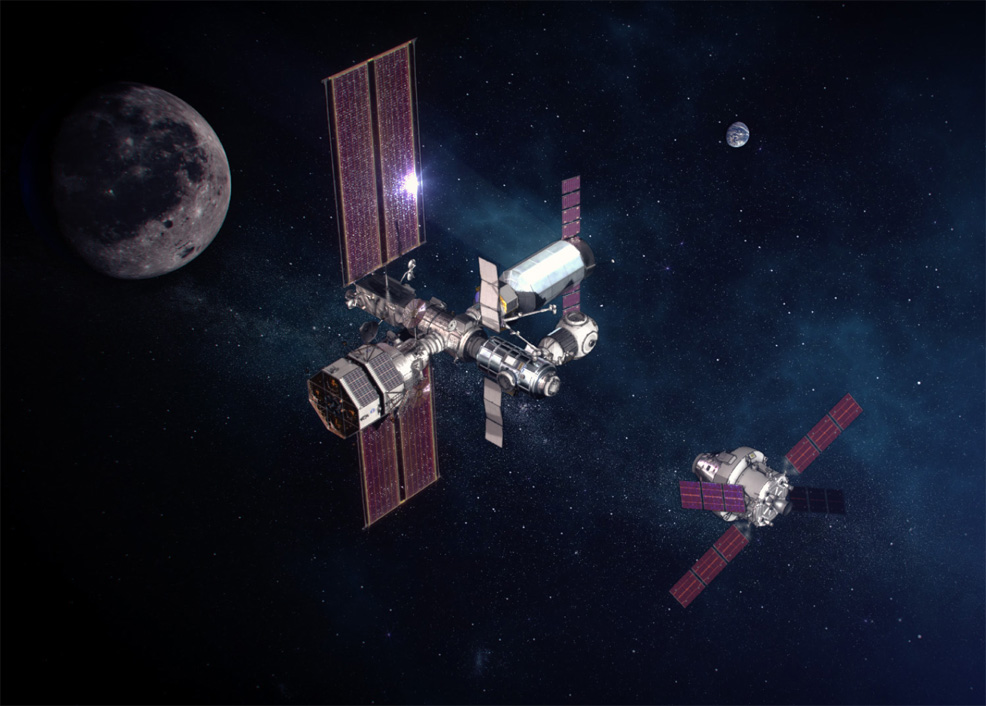
Credit: NASA
Wearing modern spacesuits that allow for greater flexibility and movement than those of their Apollo predecessors, astronauts will collect rock and dust samples and conduct a range of science experiments over the course of nearly seven days. Using the lander, they will return to lunar orbit, before ultimately heading home to Earth aboard Orion.
Work is progressing rapidly on the Gateway space station. NASA will integrate the first two components to launch – the power and propulsion element and the habitation and logistics outpost – in 2023. This foundation for the Gateway will be able to operate autonomously, conducting remote science experiments when astronauts are not aboard. NASA has selected the first two science instrument suites to conduct space weather investigations in lunar orbit before crew visits.
While NASA has not made a final decision to use the Gateway for Artemis III, the Artemis IV mission and beyond will send crew members aboard Orion to dock to the Gateway – where two people can stay aboard the spaceship in orbit, while two go to the surface. Over time, the outpost will evolve, with new modules added by international partners, allowing crew members to conduct increasingly longer lunar missions.
An incremental build-up of infrastructure on the surface will follow later this decade, enabling longer surface expeditions with more crew. NASA plans to develop an Artemis Base Camp (pictured below) that would include new habitats, rovers, power systems and more on the surface for long-term exploration of the Moon. Robots and humans will search for, and potentially extract, resources such as water that can be converted into other usable resources, including oxygen and fuel. By fine-tuning precision landing technologies, as well as developing new mobility capabilities, astronauts will travel farther distances and explore new regions of the Moon.
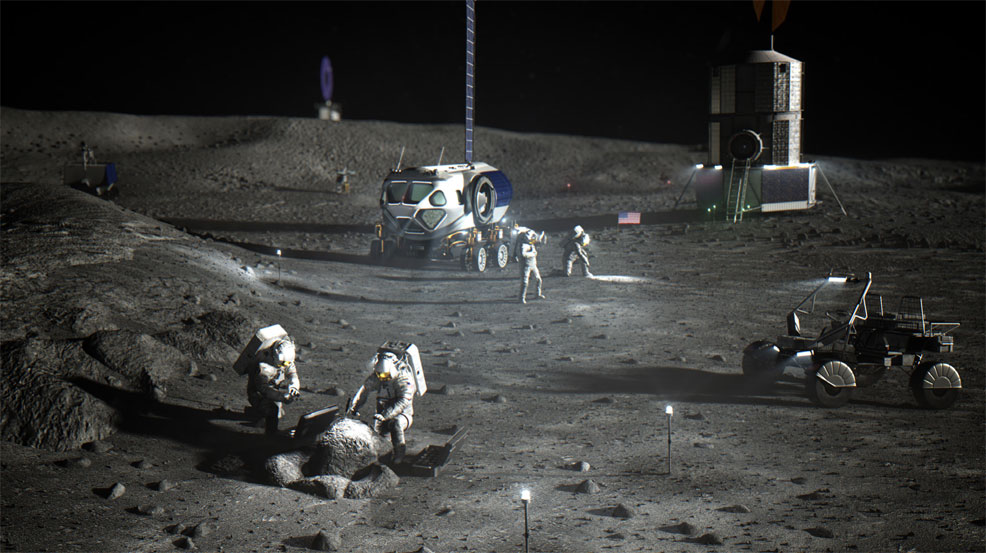
Credit: NASA
By FutureTimeLine
Các bài viết khác
- Từ sự kiện Tổng biên tập báo TIME Greta Thunberg là Nhân vật của năm 2019 đến báo cáo Biến đổi khí hậu Phúc trình của IPCC báo động đỏ cho nhân loại 82021 (15.01.2020)
- Hạn chế dự án nhà cao tầng khu vực trung tâm (13.11.2020)
- TS. Đinh Thế Hiển: Thị trường bất động sản mới chỉ ở giai đoạn đầu của khó khăn, có thể kéo dài nữa (13.11.2020)
- Nền kinh tế phụ thuộc ngày càng nhiều vào FDI là điều rất khó chấp nhận (13.11.2020)
- "Đừng tô hồng cho tồn kho bất động sản" (13.11.2020)























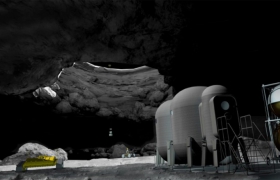

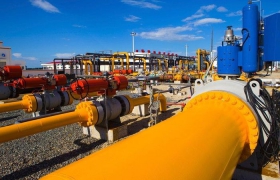
























 Yahoo:
Yahoo: 